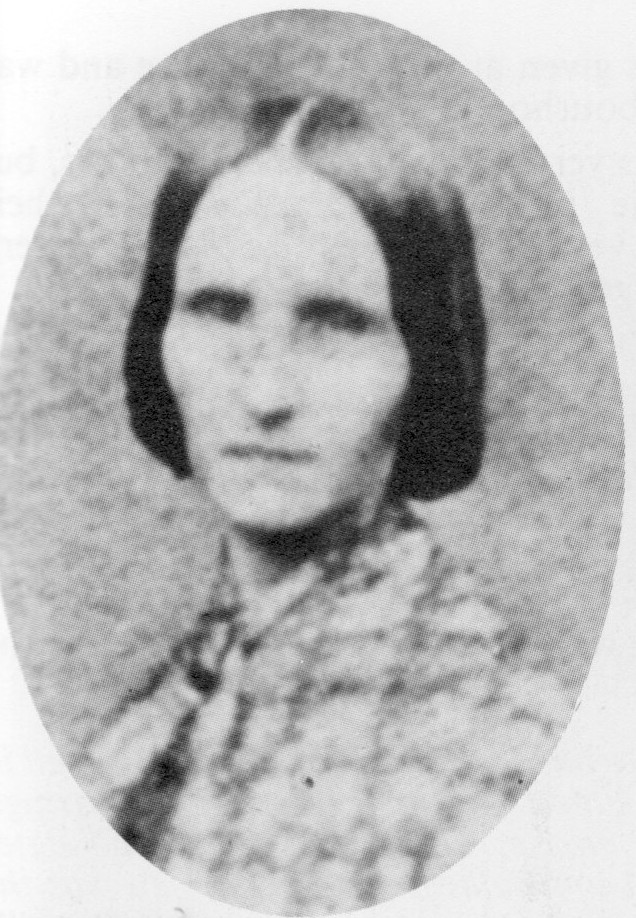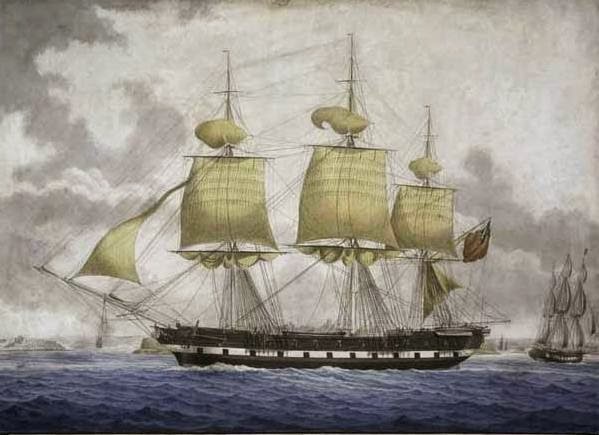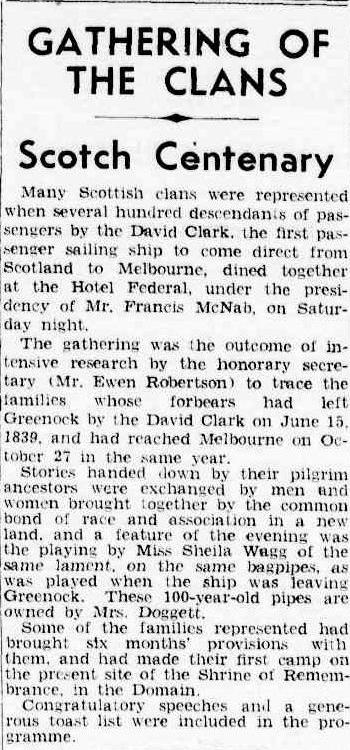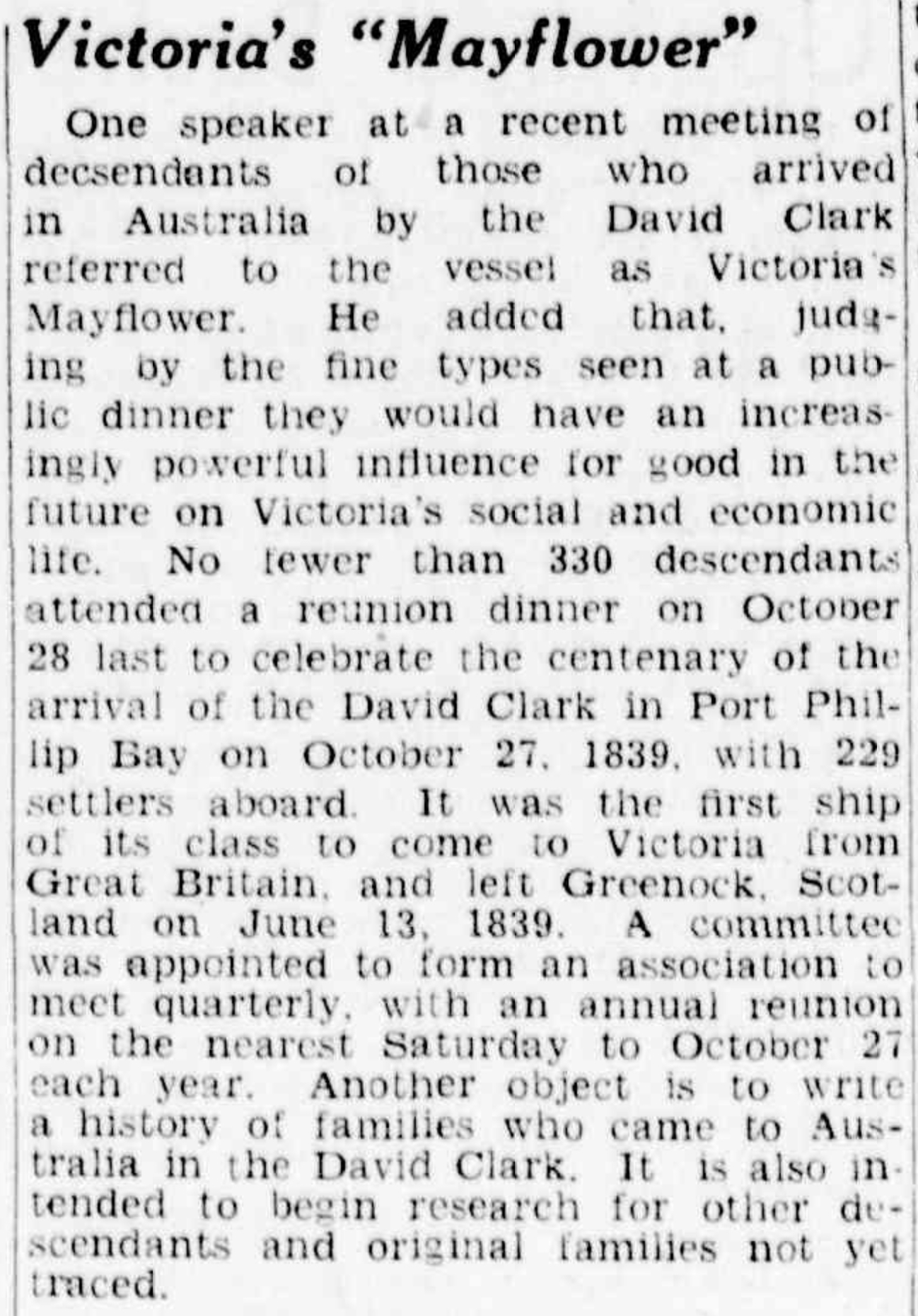Between 1620 and 1642 some 20,000 English Puritans emigrated to the Massachusetts Bay Colony. This ‘Puritan Great Migration‘ included my 9th great grandparents John and Elizabeth Upham, from Bicton in Devon.
Puritans were English Protestants in the 16th and 17th centuries who sought to rid the Church of England of what they considered to be Roman Catholic practices, maintaining that the Church of England had not been fully reformed and should become more Protestant.
John Upham, son of Richard Upham of Bicton, Devon, was born about 1599, the fourth of at least eight children.
On 1 November 1626 he married Elizabeth Slade at Bicton. They had three children: John junior in 1828, Nathaniel in 1830, and Elizabeth in 1832.
In Devon John and Elizabeth Upham, with John’s sisters Sarah and Joane, and Joane’s husband Robert Martin, joined the congregation of the Puritan minister, the Reverend Joseph Hull.
The Reverend Joseph Hull was born at Crewkerne, Somerset in 1594. He graduated from St. Mary Hall, Oxford in 1614. He was ordained by the Bishop of Exeter in 1619, serving as the teacher, curate and minister of Colyton, Devonshire for three years. He was appointed Rector for North Leigh, Devonshire in 1621 where he served until 1632. The first record of Hull’s conflict with the Church of England is his association with another minister who was accused of stating that certain church practices were undesirable. Hull was suspended from his parish and on 13 November 1627 left the diocese to settle at St. Sidwell’s in Exeter. In January 1635 Hull preached in Glastonbury, “saying that judgment hung over the land and that first it would fall on the clergy and then the laity.” He was prosecuted for preaching without license. Hull failed to respond to the charges, and in February 1635, he was expelled from the Church of England. On 20 March Hull gathered a congregation of 104 from 21 families, and set sail for New England on the Marygould. This group included:
- John Upham husbandman age 35
- Elizabeth age 32
- John junior age 7
- Nathaniell age 5
- Elizabeth age 3
- Sarah age 26 (John’s sister)
- Joane Martyn age 44 (John’s sister)
- Robert Martyn of Badcombe, husbandman, age 44 (John’s brother-in-law)
In December 1635, Richard Upham, father of John, Joane, and Sarah died, seven months after the departure of three of his children for Massachusetts. In his will, signed 12 December 1635, he mentioned the three children in New England:
… Item I give to Sarah Uppam my daughter in New England if she write that shee hath need of it that my executrixes may knowe of it under her hand within ye term of three years then my will is shee shall have 5£. Item. I give to John Uppam my sonne in New England if he come for it 5s|-. Item. I give to Joane Martin my daughter if shee come for it 5|-.
Besides the three in Massachusetts, Richard had children who had not emigrated. These were also beneficiaries of the will.
The journey of Hull and his followers from Devon to New England across the Atlantic took 46 days. They cast anchor at Boston and waited for instructions from the General Court as to where they should settle. Governor Winthrop granted Mr. Hull, minister and the 21 families with him the plantation of Wessaguscus, 14 miles south of Boston.

Boston and Wessagusset Colony (later renamed Weymouth) are highlighted.
Map retrieved from Norman B. Leventhal Map Center Collection, Boston Public Library
Wessagusset Colony was first settled in 1622. This group, however, was ill-prepared for colonial life and lacked adequate provisions, and the colony was dissolved in late March 1623. In September 1623, a second colony was created on the abandoned site at Wessagusse. It was also unsuccessful, and in 1630 the settlers were combined with the Massachusetts Bay Colony. When the Hull Company arrived in 1635 the village had a small English population of about 75 families, some of them from the first settlers of 1623. With the addition of 21 families under the leadership of Joseph Hull, the name was changed to Weymouth.
In June 1636 John Upham was granted a 30 acre ‘great lot’ at Weymouth.
Houses of early settlers were log cabins, “thatched with the coarse grass found at the head of the beaches above the salt water”.
John Upham was notably active in the Weymouth community and was named on the list of Weymouth Freemen in September 1635. In the late 1630s he was Deputy representing Weymouth to the Massachusetts Bay General Court several times. In November 1639 he was chosen Commissioner to end small causes. In 1643 he was chosen to be a Selectman, one of a board of town officers who managed the town’s public affairs.

Motto: Laborare Est Vincere
(“To Work Is to Conquer”)
In Massachusetts three more children were born to John and Elizabeth Upham:
- Phineas Upham was born in Weymouth, Massachusetts shortly after their arrival in about 1635
- Mary Upham born about 1640
- Priscilla Upham, my eighth great grandmother, was born about 1642, probably at Weymouth
Their son John junior died in 1640 age 12.
In about 1650 John moved to Malden, Massachusetts, 20 miles north. He was a Selectman at Malden several times in the 1650s. In 1657 he served on the Middlesex Grand Jury and was also chosen as Commissioner to end small causes at Malden. From June 1658 he was Deacon of the church at Malden.
In 1658 John Upham’s youngest daughter Priscilla, aged about 16, was courted by Paul Wilson, 9 years her senior. Her father Deacon John Upham entered a complaint against Wilson for ‘violent soliciting of his daughter against his will.’ Wilson posted a bond, and agreed to not approach Priscilla without her father’s consent. Four years later in 1662 Priscilla married someone else: Thomas Crosswall (1639 – 1708).
John Upham’s wife Elizabeth died soon after signing a deed in February 1671.
Not long after on 14 August 1671 John married again to Katherine (Richards) Hollard, widow of Angell Hollard. John Upham Sr. of Malden declared his intention to marry the widow, proclaiming that “he would not take any goods, estates etc. belonging to Katherine or her former husband Angell Hollard.” The Hollards had been passengers on the ship Marygould in 1635 with the Upham family.
John died at Malden on 25 February 1682 (old style date given as 1681). His gravestone is in the Old Burying Ground at Malden, where his inscription reads:
Here Lyes the Body of John Upham, Aged 84, died February 25, 1681.

The readers of this blog may have noticed that I have a certain slight interest in my family history and genealogy. This includes my Upham connections, so it is perhaps not surprising that the Uphams themselves—some at least—were very conscious of their forebears and descent and keen to keep the family stories alive.
One of these Uphams, a retired major of the First U.S. Cavalry, Frank Kidder Upham, published a book of many pages on the subject, with the snappy title, ‘The descendants of John Upham of Massachusetts who came from England in 1635 and lived in Weymouth and Maldon : embracing over five hundred heads of families, extending into the tenth generation‘. He based this on a slightly smaller work published in 1845 by a Dr Albert G. Upham entitled, ‘Notices of the life of John Upham, the first inhabitant of New England who bore that name: together with an account of such of his descendants as were the ancestors of Hon. Nathaniel Upham with a short sketch of the life of the latter‘.
Frank Kidder quotes Thomas Gray’s ‘Elegy’ urging us not to mock the Upham’s useful toil and obscure destiny, and so we shouldn’t, for while:
'...the Uphams have not as a rule been conspicuous people in the generations which have gone [they] all seem to have been respectable members of the communities in which they lived'.
Not all families can make this proud boast.
Related posts and further reading
- Upham genealogy; the descendants of John Upham, of Massachusetts, who came from England in 1635, and lived in Weymouth and Malden.. by Frank Kidder Upham, published 1892
- Historical sketch of the town of Weymouth, Massachusetts, from 1622-1884 by Gilbert Nash published 1885
- Other ancestors who emigrated to New England:
- One of my eighth great grandfathers was Richard Dana (1617-1690), a New England Puritan, who landed in Massachusetts in 1640. Richard married Anne Bullard in about 1648. Their son was Daniel: D is for Daniel
- My ninth great grandfather Charles Chauncy (1592-1672) was a non-conformist Divine, at one time imprisoned for his views by Archbishop Laud, who emigrated to America and later became a long-serving President of Harvard College. Z is for zealot
Wikitree:
- John Upham (abt. 1599 – 1681) my 9th great grandfather
- Richard Upham (1556 – 1635) my 10th great grandfather, John’s father
- Elizabeth (Slade) Upham (abt. 1603 – 1671) my 9th great grandmother, John’s wife
- Priscilla (Upham) Crosswell (1642 – 1717) John’s daughter and my 8th great grandmother
- Naomi (Croswell) Dana (1670 – 1751) (her daughter)→Richard Dana (her son)→Edmund Dana (his son)→William Dana (his son)→Charlotte Frances (Dana) Champion Crespigny (1820 – 1904) (his daughter and my 3rd great grandmother)
- Reverend Joseph Hull’s Company
- Reverend Joseph Hull (1596 – 1665)
This post was created as part of Amy Johnson Crow’s 52 Ancestors in 52 Weeks challenge. This week’s theme is “Immigration.”










































